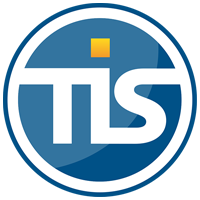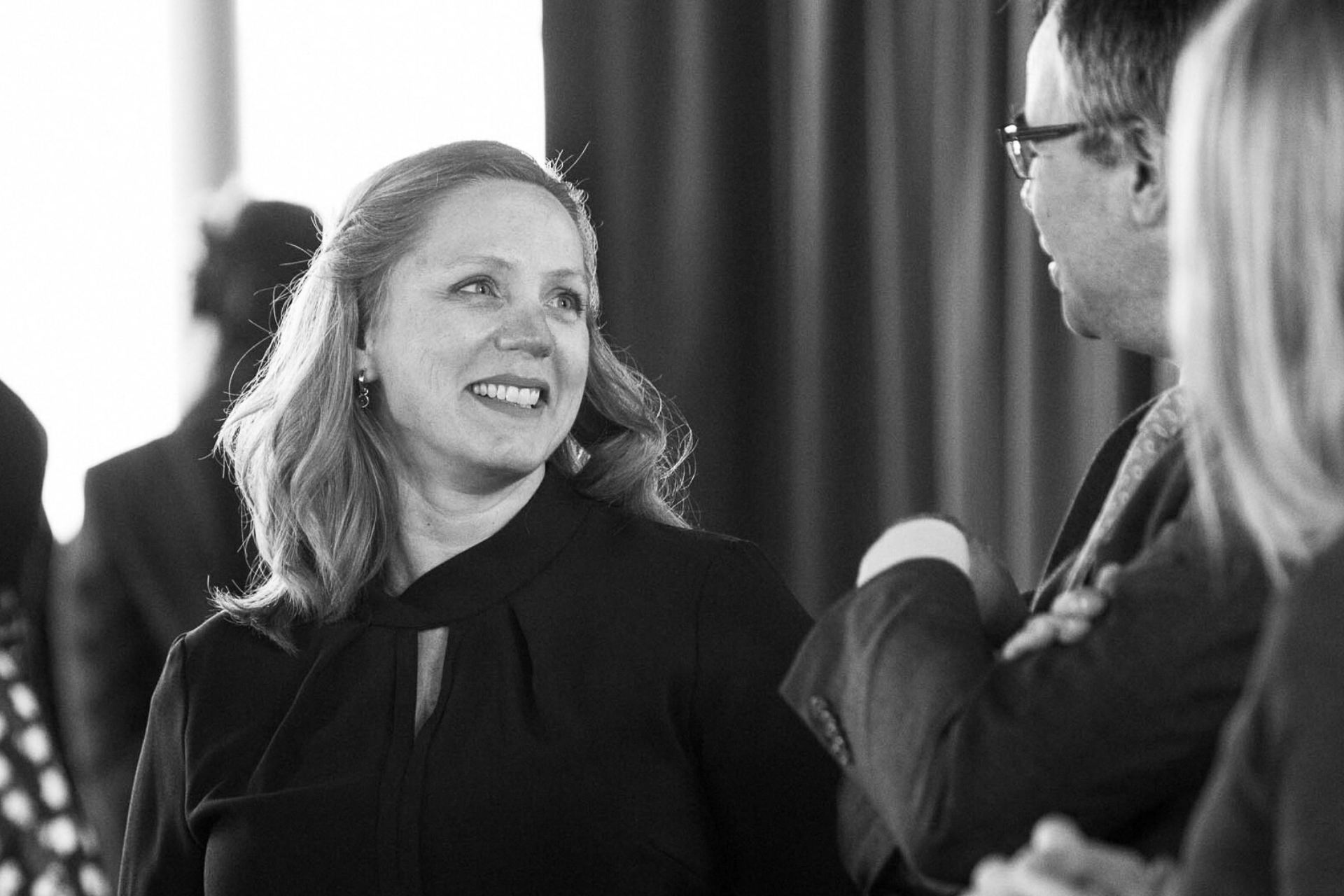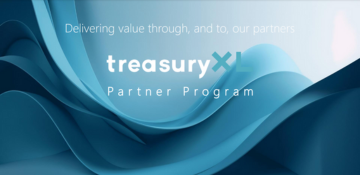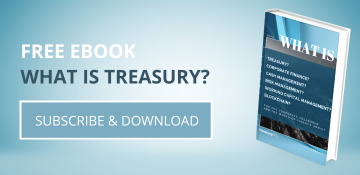2-12-2019 | treasuryXL | Vallstein |
Do you have full transparency in your banking cost? Do you fully trust your bank(s)? You can easily save a significant amount of money and create strong ties with your bank(s) for a better relationship.
We interviewed Huub Wevers, Head of Business Development at Vallstein, he will take a deeper dive into the advantages of using WalletSizing® , give you a better insight and even shares a success story.

Can you tell something about WalletSizing® ?
WalletSizing® is a SaaS platform with a number of modules that gives Corporates full transparency on how much they spent on their banks and how profitable they are for their banks. A CFO would like to be able to drive the meetings with the bank supported by independent data showing exactly what a corporate is doing with the bank AND how profitable the corporate is for the bank. This is exactly what WalletSizing® delivers. WalletSizing® drives the focus and strategy of the meeting by showing how much a corporate is spending on their banks and how profitable they are for their banks. It ensures that a corporate gets value for money from their relationships with their banks.
An additional module of WalletSizing®, the bank fee edition is able to upload all bank invoices for cash management and comparing them with the original price agreements. Am I paying the price as agreed during the RFP phase?
WalletSizing® the Bankfee edition, can be used together with the other WalletSizing® modules or stand alone.
This module uploads all bank invoices (any format) for cash management and audits them with the original price agreements: Am I paying the price as agreed during the RFP phase? Are there unforeseen billing charges? I was not aware of these unusual situations like:
- a) manual payments,
- b) investigations,
- c) volumes… leading into continuous internal processes improvements.
WalletSizing® Bankfee edition is all about Automation, Control and Transparency, down to account level and including tailor made reporting for Auditors and Control teams. WalletSizing® Bankfee edition it is not a daily reconciliation system. It is an audit process that can be ran in different frequencies as those fits’ client requirements.
What is, in your perception, the biggest benefit of using WalletSizing® ?
Let me explain the following questions that WalletSizing® answers:
- How much am I spending on my bank products & services?
- How profitable am I for my banks?
- Is the above fair?
The last question is the most important one and can be answered through the benchmarking capabilities of WalletSizing® and the underlying methodology. WalletSizing® is calculating the exact profitability on the basis of the relevant credit ratings, bank fees and the latest Basel III/IV regulations.
Another benefit is during the RFP or price revision process where the proposed prices from the Banks are also uploaded in the system and amongst other criteria, compared with the Vallstein Benchmark. This benchmark is a Vallstein property owned database with hundreds of thousands of data points collected over the last 20 years.
How does the customer project phase look like from start till actual use?
A typical WalletSizing® project takes 6 weeks where Vallstein will handle most of the work, typically 90%. We will gather all necessary data and integrate, translate and upload into the system. Through a number of workshops we ensure the client domain is 100% accurate and the client is versed in making the analysis and acting on it. “Having learned how to fish instead of just been given a fish” as the saying goes. During the project we will also set-up and agree how to continue maintenance of the system, ensuring an up to date system.
How fast can customers experience the impact of WalletSizing® after implementation?
Already during the implementation clients will be able to get benefits from the system by detecting missing bills. After an implementation, clients can immediately review their bank relationships and typically will reach very significant savings in their banking costs through that. And on the long run, clients will have more transparent and better relationships with their banks. When you have clarity on how much you are really paying, you have time to talk about more strategic topics with your banks.
What was your biggest challenge with WalletSizing® ?
The biggest challenge with WalletSizing® we had over the last 20 years is the data quality of the banks and the speed at which they deliver the data to our clients. Fortunately this is improving due to invoice standards like CAMT.086 and a more shared belief in transparency in the market place. Things have changed for the better and we hope that we have and are contributing to that.
Can you share a great WalletSizing® success story?
A client of ours implemented WalletSizing® Bank Fee Edition. We Started with 9 Banks, 12 countries and 170 different accounts. We have now made the bank process completely automatic. Banks are sending the required and detailed fees data on a quarterly basis and this data is being uploaded into the system.
We found no unique and individual product codes across the banks. Product descriptions are not clear and fees are not consistent across the same billing items and accounts. This has been resolved completely by the system which is now automatically mapping all billing items into unified product names and codes. It is more easy now to compare different banking terms and conditions and market benchmark. Needless to say significant savings and 100% transparency has been achieved.
After this implementation the client agreed that they now had done the difficult part of Bank Relationship Management (Cash Management Fees) and were interested to pursue the analysis of the full banking wallet across all their banks. An exercise to understand the current situation, reduce the number of banks, but with full visibility across all banks on how much business and how profitable they were right now. In the end the client reduced their number of banks from 17 towards 9 and have an even spread of their business (Wallet) across all their banks.
visit Vallstein.com
You are only one step away from saving a lot of money
Huub is thrilled to help you. Fill out the contact form and we arrange a call for you.

















